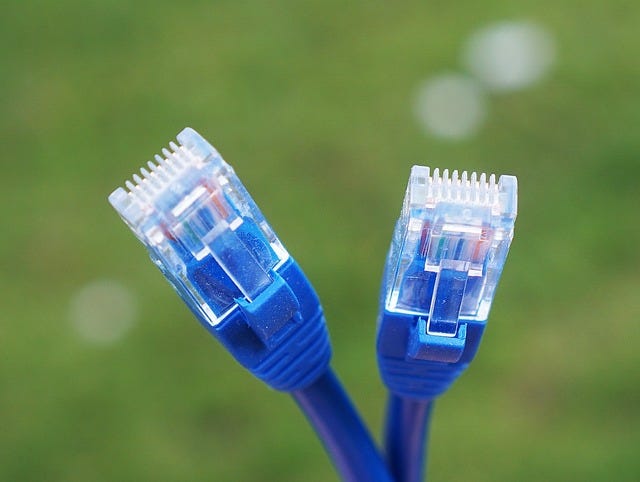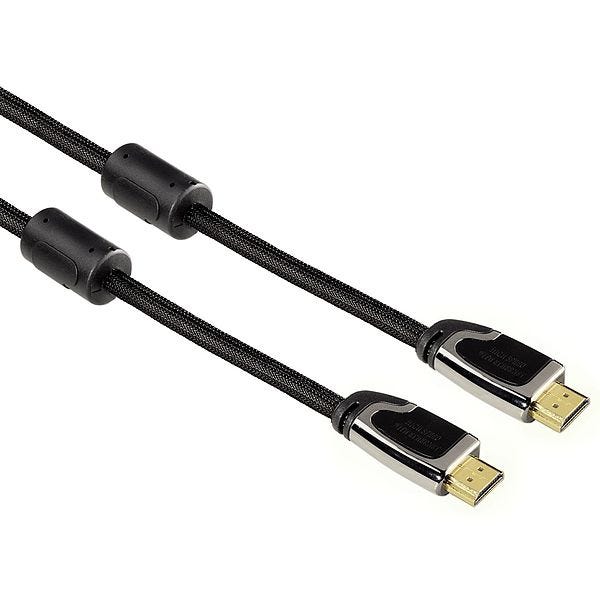Future-Proofing Your Home: The Ultimate Guide to Wiring for the Next 30 Years
Everything You Need to Know About Running Cables That Will Last for Decades
When we moved into our current house, we did some renovations, which meant the walls were open for a while. I decided it was the perfect time to figure out how to wire the house for the future, ensuring it would serve us well for the next 30 years or more. Here’s what I learned. And yes, I know I may sound a bit over the top at times.
Ethernet: The Reliable Workhorse
Ethernet, the cable that delivers your internet, has been around since the 1980s. It started becoming common in homes in the 90s and 2000s alongside broadband connections. Back then, most Ethernet cables supported speeds of around 10 megabits per second (Mbps), which was more than enough, as typical home internet speeds were slower than 5 Mbps.

As Internet Service Providers (ISPs) have significantly increased their speeds, Ethernet cables have also evolved. Today, we have Category 8 (Cat 8) Ethernet cables, which can handle up to 40 gigabits per second (Gbps)—that’s 40,000 Mbps.
To put this in perspective, the fastest home internet speeds in the U.S. are around 8 Gbps, and for most people, it’s closer to 1 Gbps. So, a Cat 6 Ethernet cable, which supports speeds up to 10 Gbps, is more than sufficient for current needs. (As a side note: Cat 7 cables are not widely used and are best avoided.)
But here’s something most people don’t know, ethernet can handle a lot of data for various uses beyond internet connections. For example, some devices can transmit HDMI signals over Ethernet, allowing me to keep my gaming PC in the closet while running my outdoor projector without needing to lug around an Apple TV. These devices use HDBaseT, which can transfer 18 Gbps over a Cat 6 cable.
So you might be thinking: “Awesome, I’ll buy several thousand feet of Cat 6 and spend the next week running it through my house,” but WAIT! We have already surpassed Cat 6 and even Cat 8 with a cable you may already own!
The Challenge of HDMI 2.1
This is where things get a little technical, and you might start to see why I seem obsessed with future-proofing.
The HDMI extenders I mentioned earlier can transmit 4K at 60Hz with HDCP 2.2. Without getting into too many technical details, this setup will support almost anything you want to watch, except for the highest-end gaming PCs or a PlayStation 5.
What about in 5 years when you have an 8K TV? Or a 10K projector that slides down from the ceiling in 20 years? These are the questions we must ask!
There are a few different solutions for this. First, humanity may figure out how to push 48 Gbps or more through existing Ethernet cables. But the safest bet today is to run long HDMI 2.1 cables, although they only work in one direction.

For maximum flexibility, I recommend running duplex multimode fiber, which supports speeds up to (theoretically) 200 Gbps. This setup should cover your tech needs for at least the next 20 years. The good news is, the fiber cables themselves are quite affordable—a 100-foot cable costs around $20. However, the devices required at each end of the cable are currently expensive. That said, I expect the prices for those devices to drop significantly by the time you actually need them.


Is the fiber shielded enough to survive fishing it through walls and around corners and such?